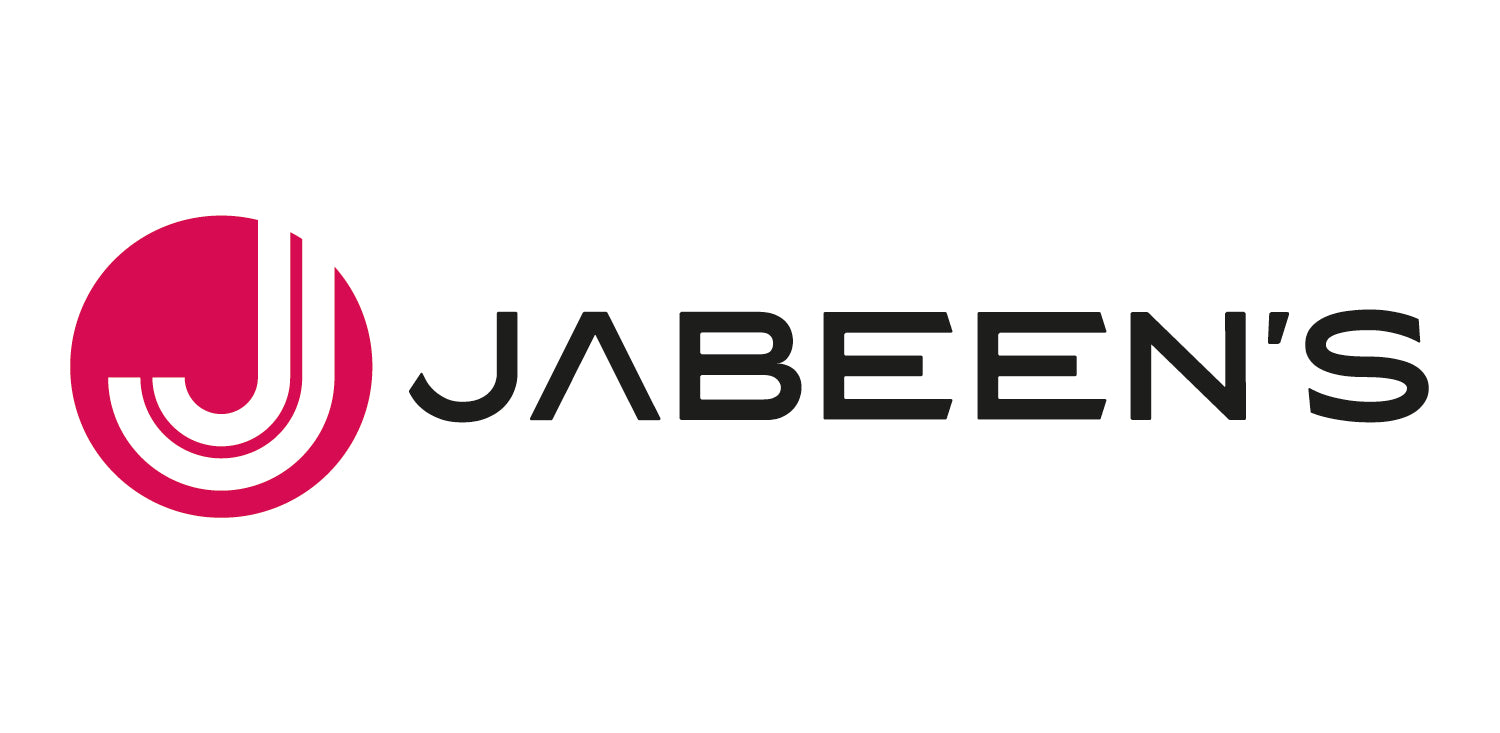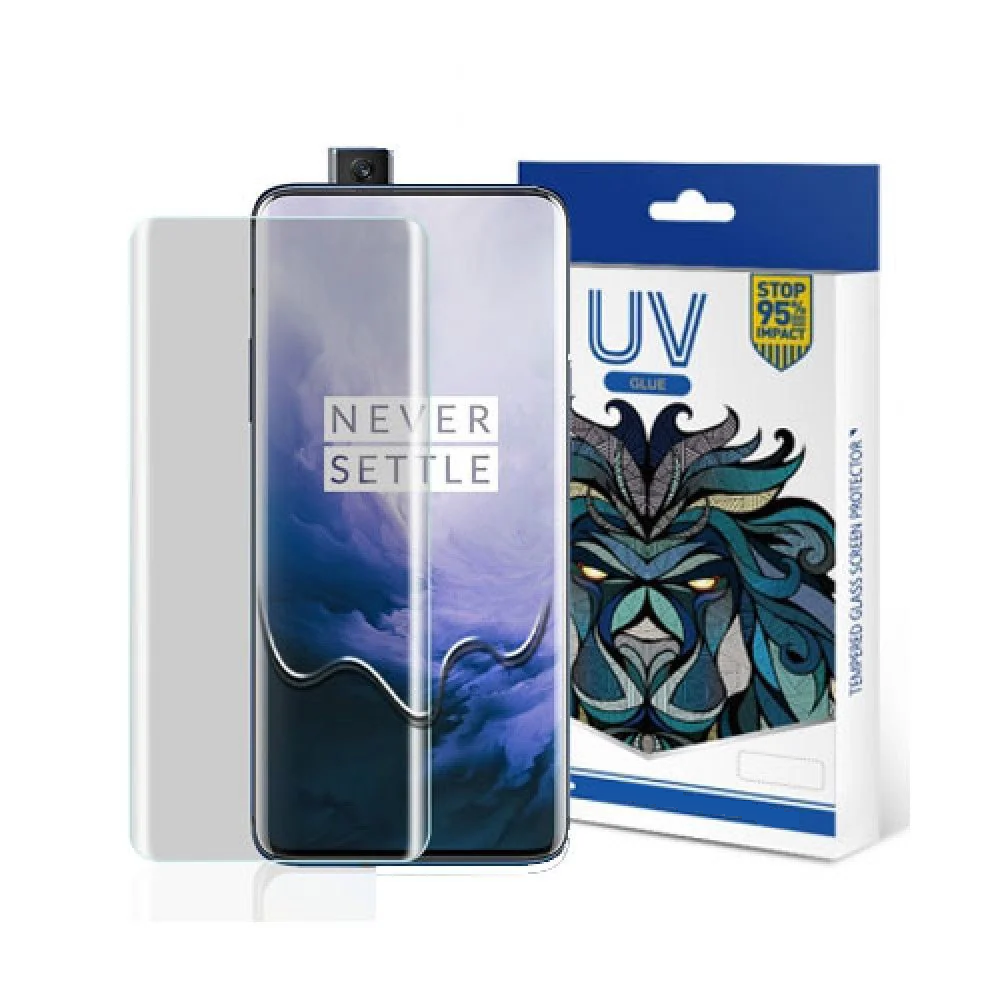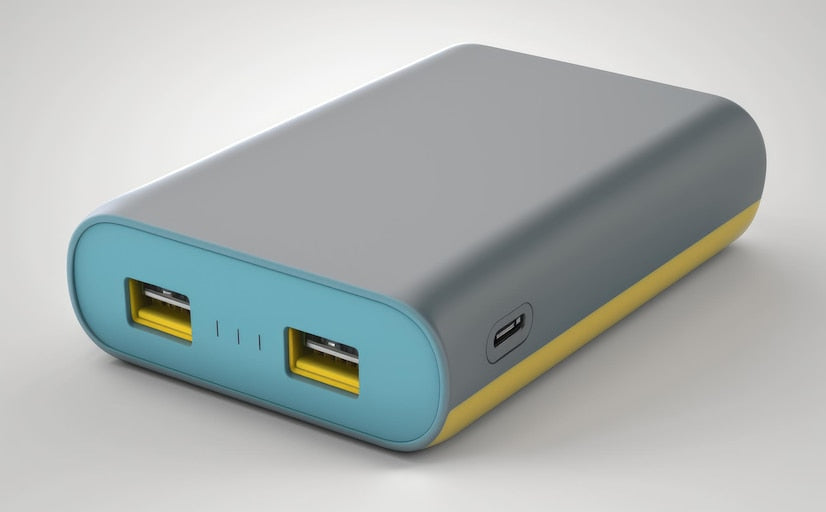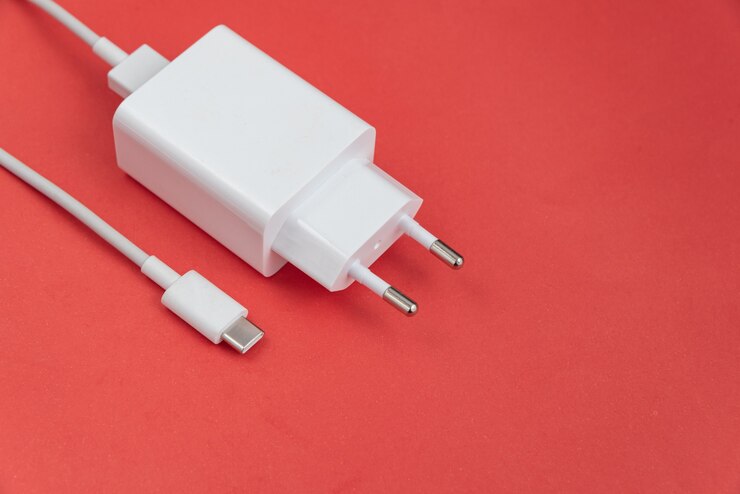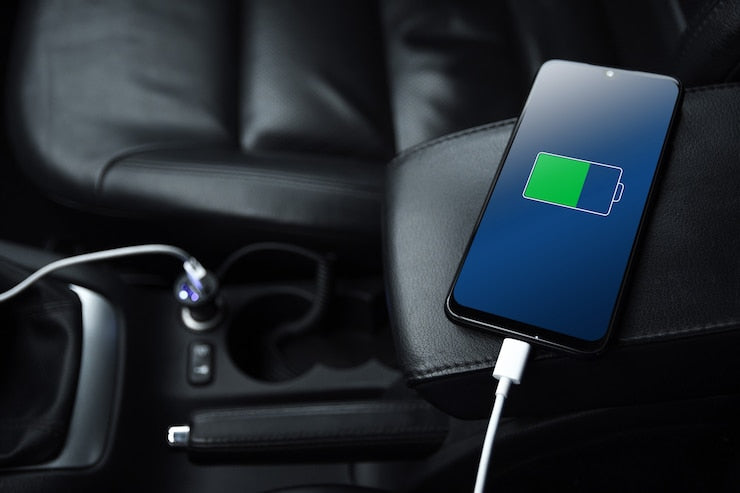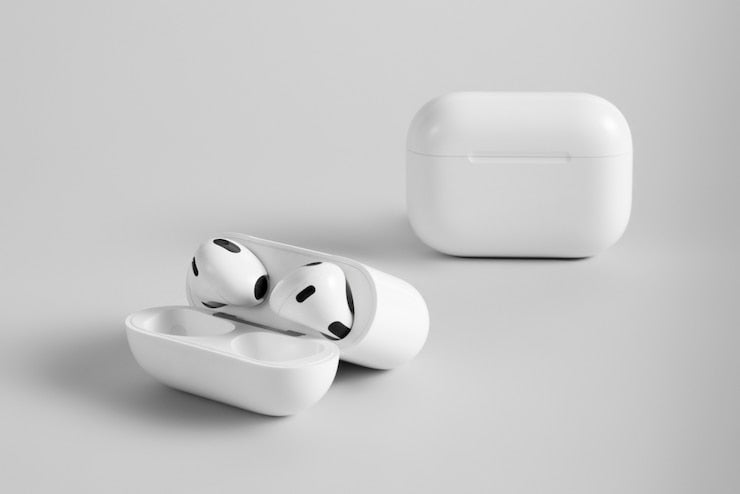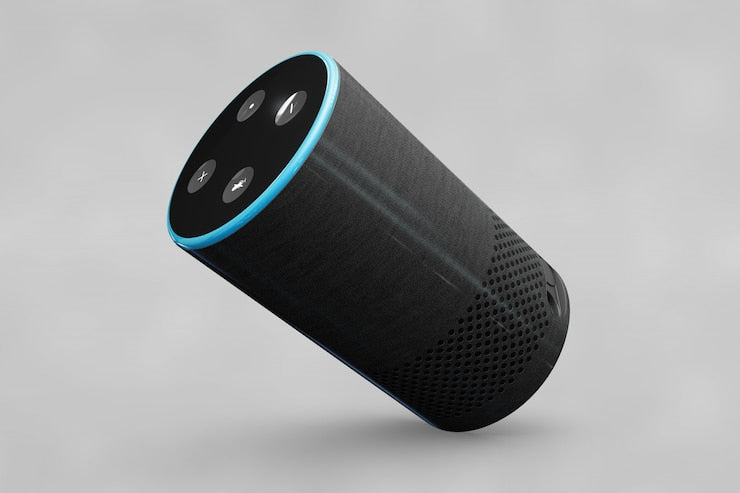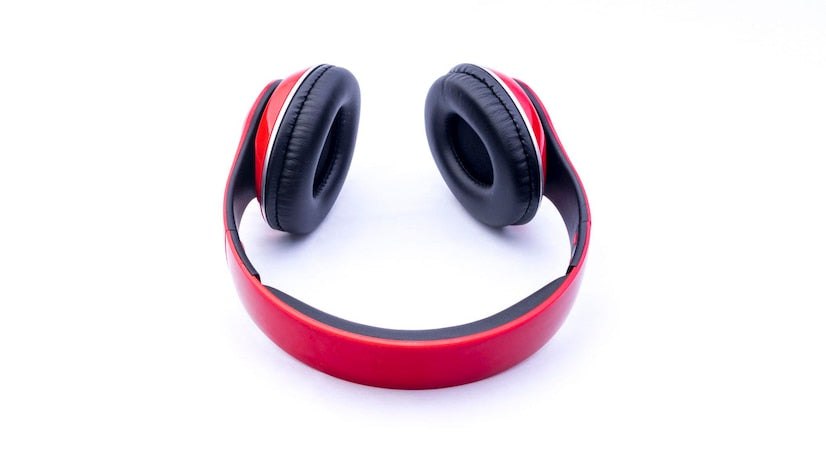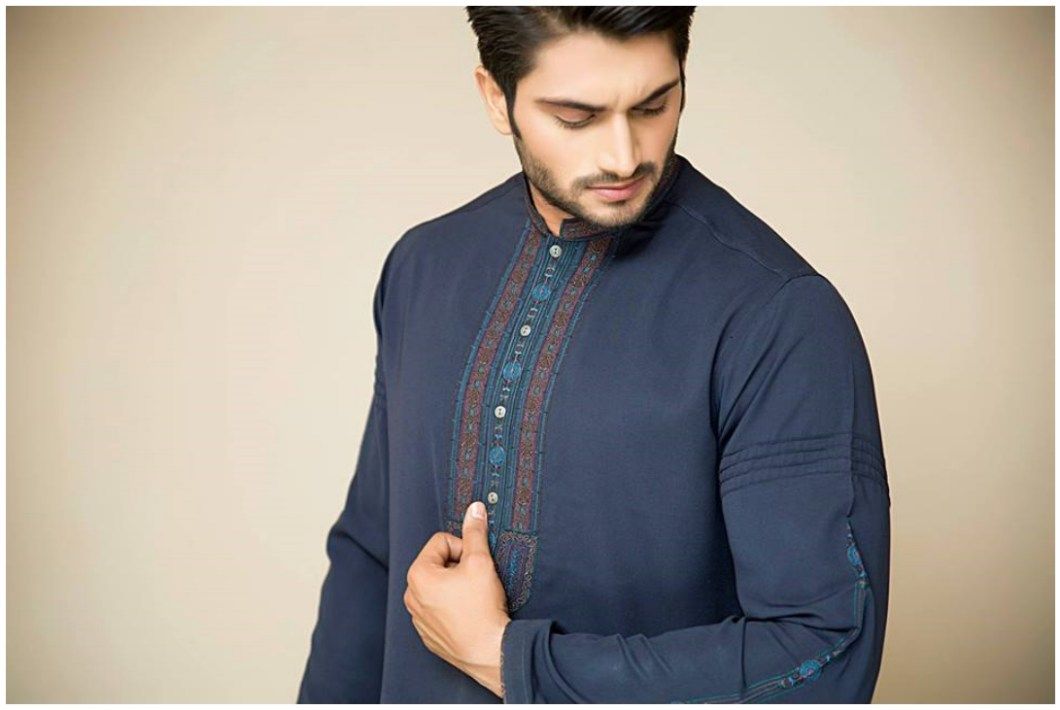
7 Steps to Create Women's Clothing Brand
Starting a women's clothing brand is an exciting journey filled with creativity and challenges. The fashion industry is always changing, making it a perfect place for new ideas. This guide will walk you through seven key steps to launch your own women's clothing brand and make your mark in the fashion world.
1. Define Your Brand Identity
Your brand identity is the heart of your business. It's what makes your clothing line unique and appealing to customers. To create a strong brand identity:
- Choose your niche: Decide what type of clothing you want to make. Will you focus on casual wear, formal dresses, or activewear?
- Identify your target audience: Who are you designing for? Young professionals, busy moms, or fashion-forward teens?
- Develop your brand values: What does your brand stand for? Sustainability, affordability, or luxury?
- Create a brand story: Share why you started your brand and what makes it special.
For example, the brand "Everlane" built its identity around transparency in pricing and ethical production. This clear focus helped them stand out in a crowded market.
2. Research Your Market
Understanding your market is crucial for success. Here's how to do it:
- Study your competitors: Look at other women's clothing brands in your niche. What are they doing well? Where can you improve?
- Analyze trends: Keep an eye on fashion trends, but also consider long-term shifts in consumer behavior.
- Conduct surveys: Ask potential customers what they want in a clothing brand.
- Use social media: Follow fashion influencers and join online communities to gain insights.
Recent data shows that 67% of women in the US wear size 14 or above. This information could help you decide whether to include plus-size options in your line.
3. Design Your Collection
Now comes the fun part – designing your clothes! Keep these points in mind:
- Start small: Begin with a capsule collection of 10-15 pieces that work well together.
- Consider your customer: Design clothes that fit your target audience's lifestyle and needs.
- Choose quality fabrics: The right materials can make or break your designs.
- Think about sustainability: Many customers now prefer eco-friendly clothing options.
Remember, your designs should reflect your brand identity. If you're targeting busy professionals, focus on comfortable yet stylish pieces that can transition from day to night.
4. Find a Manufacturer
Choosing the right manufacturer is crucial for your brand's success. Here's what to consider:
- Location: Decide between local or overseas production based on costs and quality control.
- Minimum order quantities: Make sure the manufacturer can work with your production needs.
- Samples: Always request samples before placing a large order.
- Communication: Choose a manufacturer who responds quickly and clearly to your questions.
Many new brands start with small local manufacturers. This allows for better quality control and faster turnaround times.
5. Set Up Your Business
Before you start selling, you need to set up your business legally:
- Choose a business structure: Will you be a sole proprietorship, LLC, or corporation?
- Register your business: Follow your local laws for business registration.
- Get necessary permits and licenses: These vary by location, so check with your local government.
- Open a business bank account: Keep your personal and business finances separate.
In the US, about 20% of new businesses fail within their first year. Proper setup can help you avoid common pitfalls and set your brand up for success.
6. Create Your Marketing Strategy
A strong marketing strategy will help you reach your target customers. Consider these channels:
- Social media: Platforms like Instagram and Pinterest are great for showcasing fashion.
- Influencer partnerships: Collaborating with influencers can boost your brand visibility.
- Email marketing: Build a mailing list to keep customers informed about new collections and sales.
- Pop-up shops: Temporary stores can help you connect with customers in person.
Remember, consistency is key in marketing. Stick to your brand voice and aesthetics across all platforms.
7. Launch and Grow Your Brand
Launching your brand is just the beginning. Here's how to keep growing:
- Listen to customer feedback: Use reviews and comments to improve your products.
- Stay flexible: Be ready to adjust your designs or marketing based on what's working.
- Build relationships: Network with other designers, retailers, and industry professionals.
- Keep learning: Stay updated on fashion trends and business strategies.
Many successful brands, like Reformation, started small and grew steadily by focusing on customer needs and sustainability.
Real-Life Success Story: Girlfriend Collective
Let's look at a real-life example of a successful women's clothing brand. Girlfriend Collective launched in 2016 with a focus on sustainable activewear. They started with just one product: leggings made from recycled water bottles.
Their unique selling points included:
- Eco-friendly materials
- Inclusive sizing (XXS to 6XL)
- Transparent manufacturing process
Girlfriend Collective used social media marketing effectively. They offered free leggings to customers who shared about the brand on social media. This strategy helped them gain 10,000 followers before they even launched.
Today, Girlfriend Collective is a multi-million dollar brand with a loyal customer base. They've expanded their product line while staying true to their sustainable and inclusive values.
Final Words
Creating a women's clothing brand is a challenging but rewarding process. By following these seven steps, you can turn your fashion dreams into reality. Remember, success doesn't happen overnight. It takes time, effort, and patience to build a brand that resonates with customers. The fashion industry is always changing, so stay flexible and open to new ideas. Keep your focus on your brand identity and your customers' needs. With dedication and creativity, your women's clothing brand can find its place in the fashion world.
Whether you're creating sustainable everyday wear like Jabeens or designing luxury evening wear, there's room for your unique vision in the market. So take that first step, and start bringing your fashion ideas to life!
